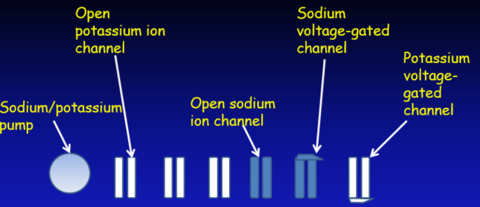Flashcards on The Nervous System and Synaptic Transmission - Biol 2016 unit 6, created by Elena Cade on 03/05/2016.
Pinned to
18
2
0
No tags specified

|
Created by Elena Cade
over 8 years ago
|
|
Close



